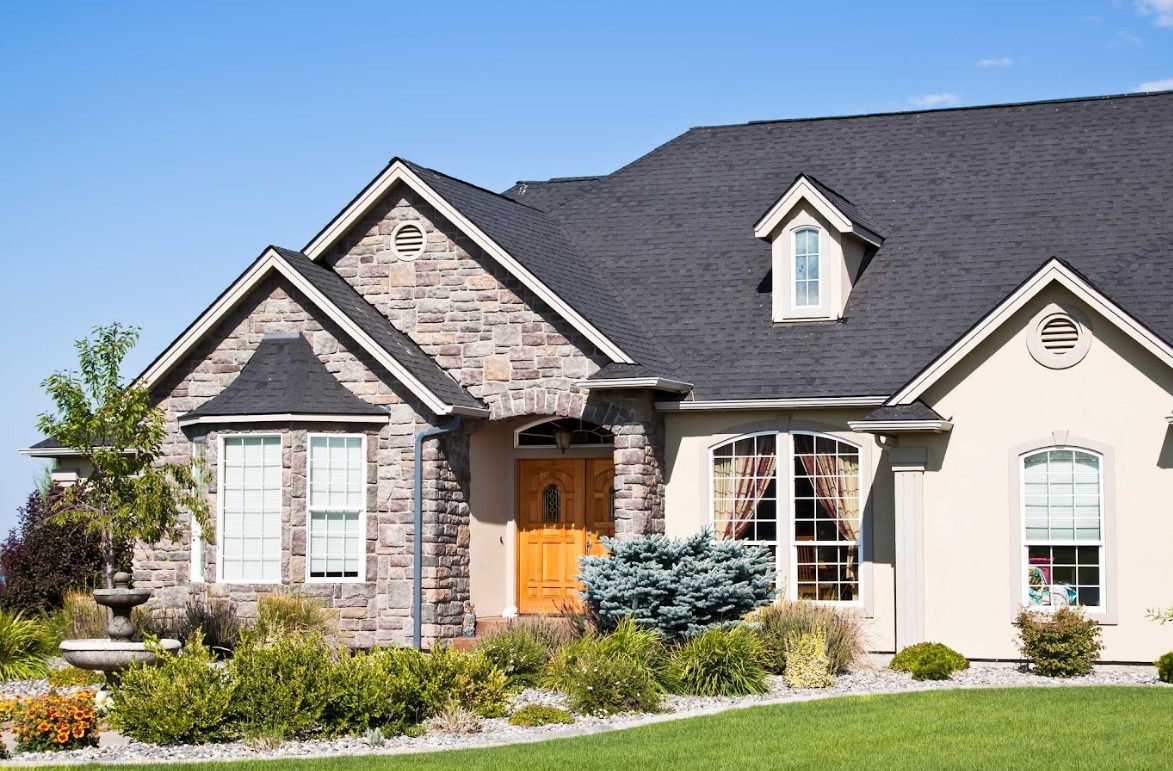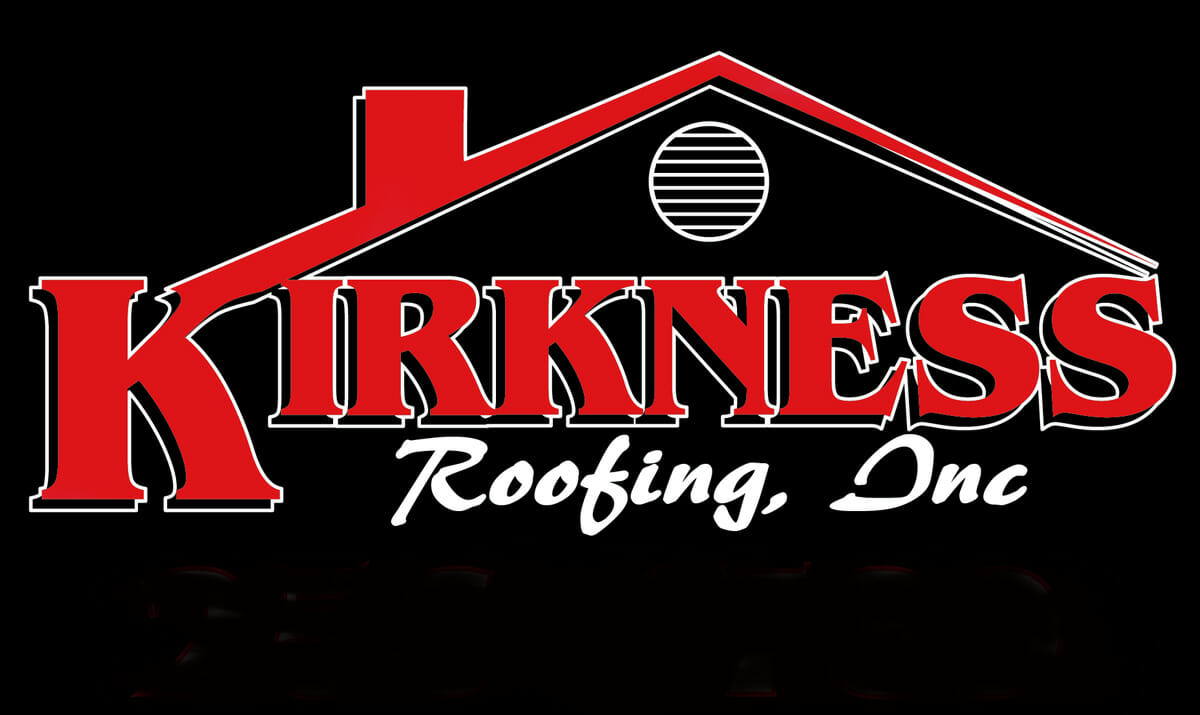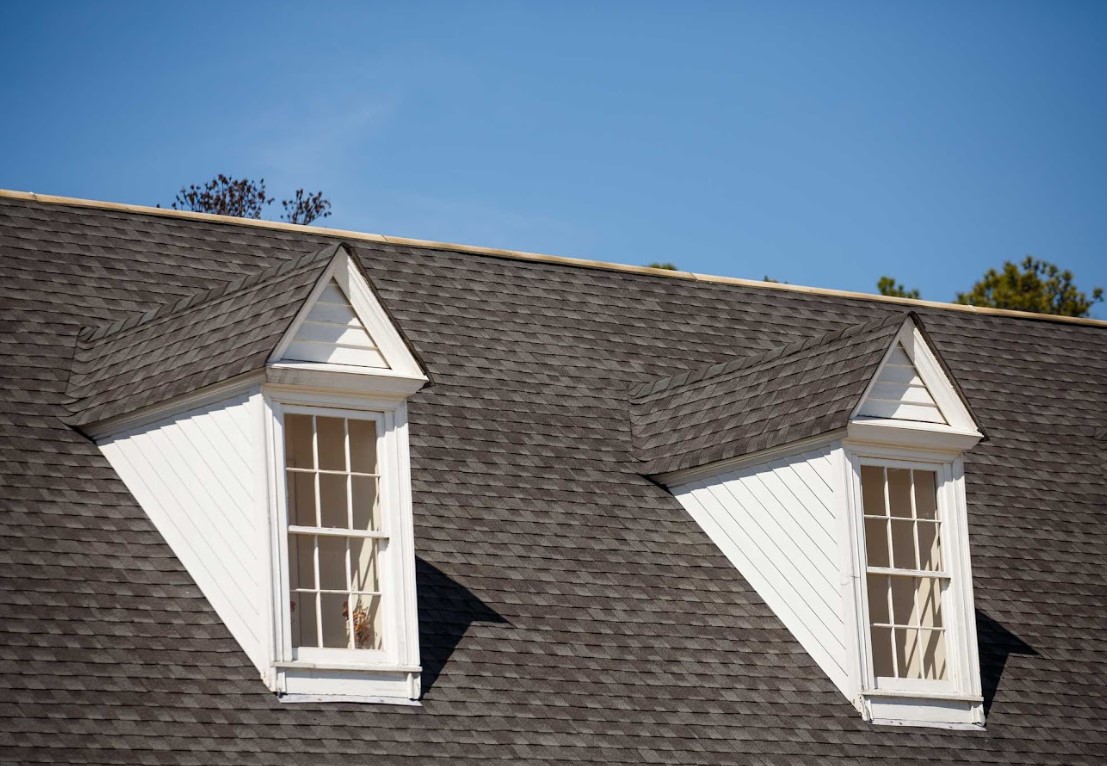Your roof is the first line of defense against the elements, shielding your home from rain, wind, snow, and sun. While roofs are built to be strong and durable, some parts are more prone to wear and tear than others. Exploring vulnerable areas of your roof can help you spot potential problems early and avoid costly repairs down the road.
At Kirkness Roofing, we’ve worked on thousands of roofs across Montana and understand exactly where damage tends to start. This blog breaks down the most common trouble spots, why they’re vulnerable, and what you can do to keep your roof in excellent shape year-round.
Why Some Areas of the Roof Are More Prone to Damage
Every roof has areas that face more stress than others. This can be due to design, materials, water flow, or exposure to weather. Recognizing these spots is key to prolonging the life of your roof and maintaining the safety of your home.
Factors that contribute to roof vulnerabilities:
- Water accumulation from poor drainage or heavy snowfall
- Flashing failures around chimneys, vents, and skylights
- Wind uplift around edges and eaves
- UV degradation on exposed surfaces
- Improper installation of joints and transitions
Routine inspections and proactive maintenance help identify and address these issues before they escalate.
1. Roof Valleys: Where Water Loves to Collect
Roof valleys are where two roof slopes meet, creating a channel that directs water off your roof and into the gutters. Because they handle a large volume of runoff, they are one of the most vulnerable areas of your roof.
Why Roof Valleys Matter:
- High water flow increases wear on shingles.
- Debris like leaves and twigs collect easily, trapping moisture.
- Improper flashing or underlayment can result in leaks.
How to protect them:
- Keep valleys clear of debris with regular cleaning.
- Check for shingle deterioration or cracking.
- Ensure flashing is secure and properly sealed.
2. Chimneys and Surrounding Flashing
Chimneys are natural weak points in a roofing system. The metal flashing installed around chimneys can fail over time, allowing water to seep through and cause internal damage.
Common Issues Around Chimneys:
- Cracked or deteriorated mortar joints
- Loose or corroded flashing
- Missing chimney caps that allow rain and snow entry
Prevention Tips:
- Inspect flashing annually for rust, gaps, or lifting.
- Have your chimney professionally sealed and maintained.
- Use waterproof membranes beneath flashing for added protection.
The National Park Service provides additional guidance on protecting historic masonry chimneys from moisture damage, which also applies to modern construction (source).
3. Skylights and Roof Windows
Skylights are a great way to bring in natural light, but they also introduce vulnerabilities. Poor installation or aging seals can lead to leaks and drafts.
Vulnerabilities to Look Out For:
- Cracked glass or cloudy panes
- Failing sealants around the frame
- Flashing damage or improper slope
Maintenance Tips:
- Inspect skylight flashing and caulking regularly.
- Make sure skylights are installed above the surface with a proper slope.
- Use moisture-resistant framing materials.
4. Eaves and Roof Edges
Roof edges are where wind damage often begins. They are also more exposed to UV rays and rain runoff, making them susceptible to shingle lift and rot.
Key Risks at the Roof Edge:
- Shingles lifting or curling
- Ice dams forming in winter
- Water seepage into the fascia board
Protective Measures:
- Install drip edge flashing to prevent water intrusion.
- Keep gutters clear to avoid water overflow.
- Use ice and water shield membranes in cold climates.
Eaves should be inspected at least twice a year to identify early signs of wear and tear, especially after storms or freeze-thaw cycles.

5. Roof Penetrations: Vents, Pipes, and Exhaust Fans
Every time something punctures your roof, it introduces a point of vulnerability. Plumbing vents, exhaust fans, and attic ventilation openings must be properly sealed and flashed to prevent leaks.
Common Problems Around Penetrations:
- Cracked rubber boots around vent pipes
- Loosened flashing or missing sealant
- Debris blocking ventilation systems
What You Can Do:
- Check pipe boots and flashing regularly for cracks or wear.
- Ensure caulk or sealant is intact.
- Replace worn components before they fail.
The University of Florida Extension highlights the importance of sealing penetrations properly to prevent wind and water infiltration, particularly during hurricanes or high-wind events (source).
6. Roof Deck and Underlayment
Often overlooked because it’s hidden beneath the shingles, the roof deck and underlayment are critical to your roof’s structural integrity. Moisture that seeps past the outer layer can warp the deck and weaken the entire system.
Warning Signs of Decking Damage:
- Sagging spots on the roof surface
- Soft or spongy feel underfoot
- Mold or mildew in attic spaces
How to Prevent It:
- Ensure ventilation is adequate to prevent condensation.
- Replace compromised underlayment during re-roofing.
- Address leaks immediately to prevent water from soaking the deck.
7. Ridge Caps and Roof Peaks
The highest points on your roof are also the most exposed. Ridge caps cover the seams where roof slopes meet at the peak. If they are damaged or missing, wind and rain can easily infiltrate.
Ridge Cap Red Flags:
- Cracks or missing ridge shingles
- Loose nail heads or unsealed joints
- Visible gaps or misalignment
Maintenance Advice:
- Check after high winds or severe weather.
- Re-nail and seal any loose components.
- Consider using upgraded ridge ventilation products for improved durability.
8. Gutter Systems and Downspouts
While not technically part of the roof, your gutters play a huge role in keeping it dry. If gutters fail, water backs up under your roofline, causing leaks and rot.
Gutter-Related Roof Damage Includes:
- Fascia board rot
- Soffit damage
- Ice dams forming in winter
Best Practices:
- Clean gutters regularly, especially in the fall.
- Secure loose or sagging gutter sections.
- Install gutter guards to reduce clogs.
Why Early Detection Makes a Difference
The sooner you spot vulnerabilities, the easier and less expensive they are to fix. Small issues—like cracked flashing or lifted shingles—can quickly lead to interior water damage, mold, and even structural repairs if left untreated.
Routine inspections help you:
- Extend the life of your roof
- Avoid emergency repair costs
- Protect your home’s value
- Maintain insurance eligibility
Trust the Pros to Spot the Warning Signs
Not all roof damage is visible from the ground, and climbing your roof without proper safety gear isn’t recommended. That’s why professional inspections are so important.
At Kirkness Roofing, we know where to look and what to look for. Our team provides detailed assessments and fast solutions that help homeowners stay ahead of costly repairs.
Ready to Protect Your Roof? Let’s Get Started.
Now that you’ve explored the most vulnerable areas of your roof, it’s time to take action. Don’t wait for a leak to show up on your ceiling—be proactive about protecting your investment.
Get a free estimate now from the experienced team at Kirkness Roofing. We’ll inspect your roof, identify any risk areas, and provide expert solutions to keep your home protected year-round.

